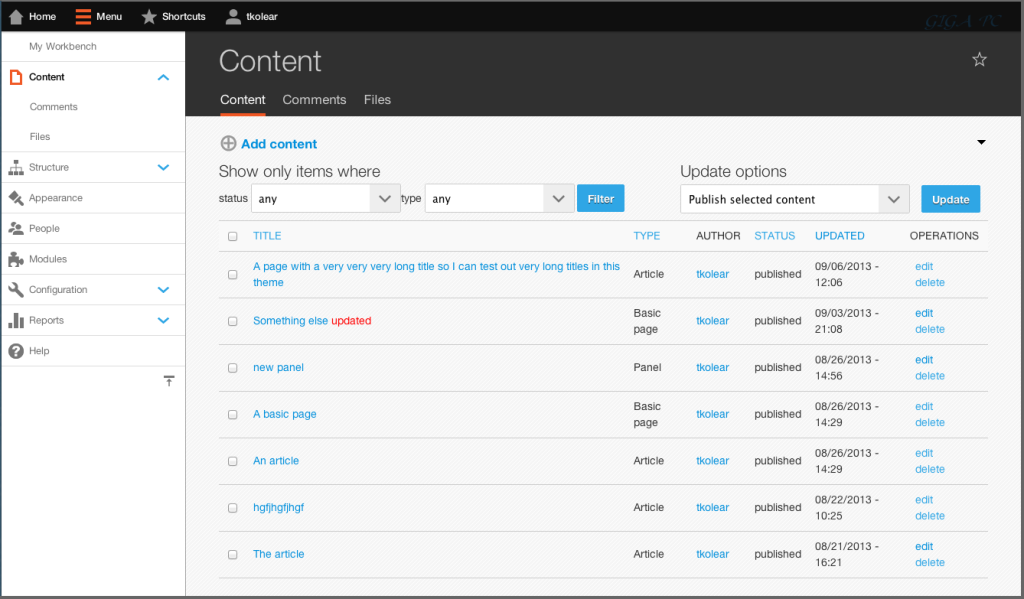1. Comparisons with Similar Software
Drupal, at its core, stands tall in the realm of Content Management Systems (CMS). Its contemporaries include WordPress, Joomla, and Magento. While WordPress stands out due to its user-friendly interface and vast array of plugins, Joomla excels with robust extensibility and Magento with eCommerce. However, Drupal carves a niche for itself with a heightened focus on scalability, security, and customizability.

2. Personal Impressions of Use
Delving into Drupal was like diving deep into a treasure trove of functionalities. The custom content types, views, and the incredible taxonomy system set it apart. However, this richness also comes with a steeper learning curve. Although I was not immediately charmed by its somewhat complex interface, the realization of its raw power became evident as I familiarized myself further.
3. Technical Features that Distinguish Drupal
Drupal’s architecture is quite unique. The module-based approach it adopts offers a wide range of functionalities out-of-the-box. Its API-first focus makes headless CMS capabilities a breeze. Moreover, Drupal’s commitment to security is commendable. With built-in features like granular user access control and advanced security reporting, it provides peace of mind in the volatile world of the internet.

4. System Requirements and Technical Specifications
Running Drupal mandates specific server requirements to harness its full potential. A server with PHP (7.3 or higher) is essential, and databases like MySQL, PostgreSQL, or SQLite are supported. Also, a minimum of 64MB RAM (though 128MB or more is recommended) ensures smoother operations. An Apache or Nginx server works best for a glitch-free Drupal experience.
5. Pros and Cons: A Deeper Look
Pros:
- Scalability: Drupal can handle thousands of concurrent users and high volumes of content, making it ideal for larger websites.
- Customizability: With thousands of modules available, you can tailor Drupal to fit nearly any need.
- Security: Regular security updates and in-depth security advisories ensure that users remain informed and protected.
Cons:
- Steep Learning Curve: New users might find Drupal a bit overwhelming due to its intricate features.
- Performance: Without proper optimization, Drupal might lag, especially with shared hosting solutions.
- Module Compatibility: Sometimes, various modules might not play well together, leading to potential site issues.

6. Conclusion: Deciphering Drupal’s Best Fit
After a detailed analysis and personal usage, it’s clear that Drupal is not a one-size-fits-all solution. While it may be overkill for a simple blog or a small business website, it shines for complex, highly customized websites that require rigorous security measures, scalability, and flexibility. Enterprises, government websites, and large organizations will benefit immensely from what Drupal has to offer. However, if you’re a novice in the world of web development or require a straightforward CMS solution, you might find other options more fitting. But for those who seek unparalleled flexibility and are willing to climb the learning curve, Drupal stands as a beacon of immense possibilities.



